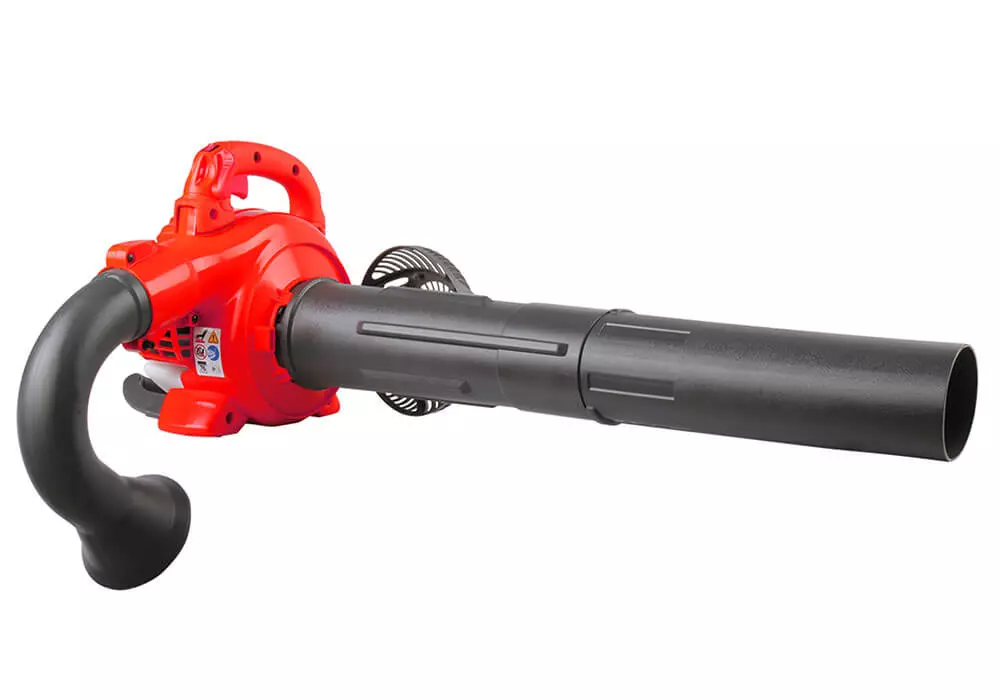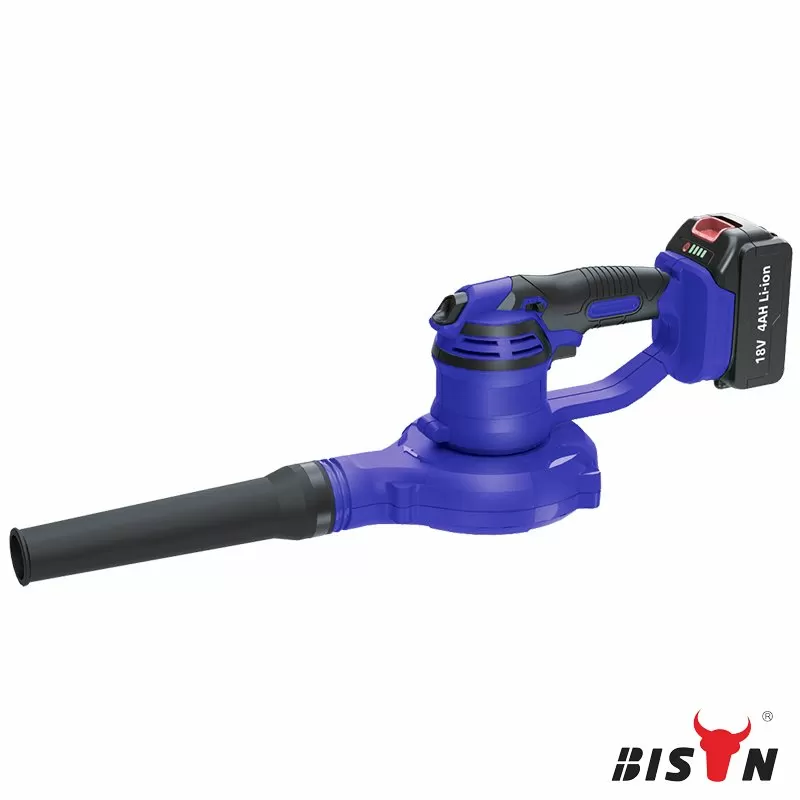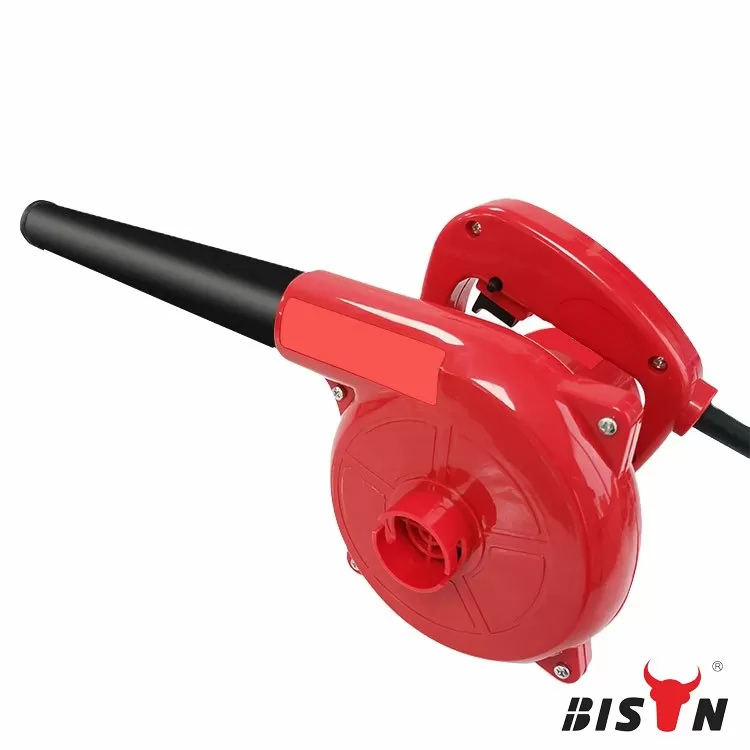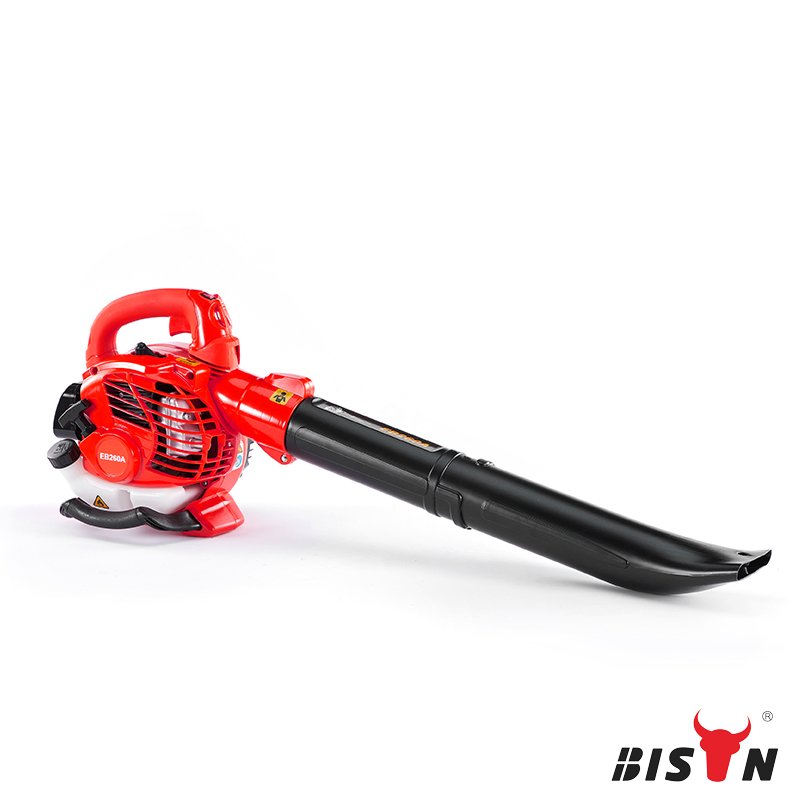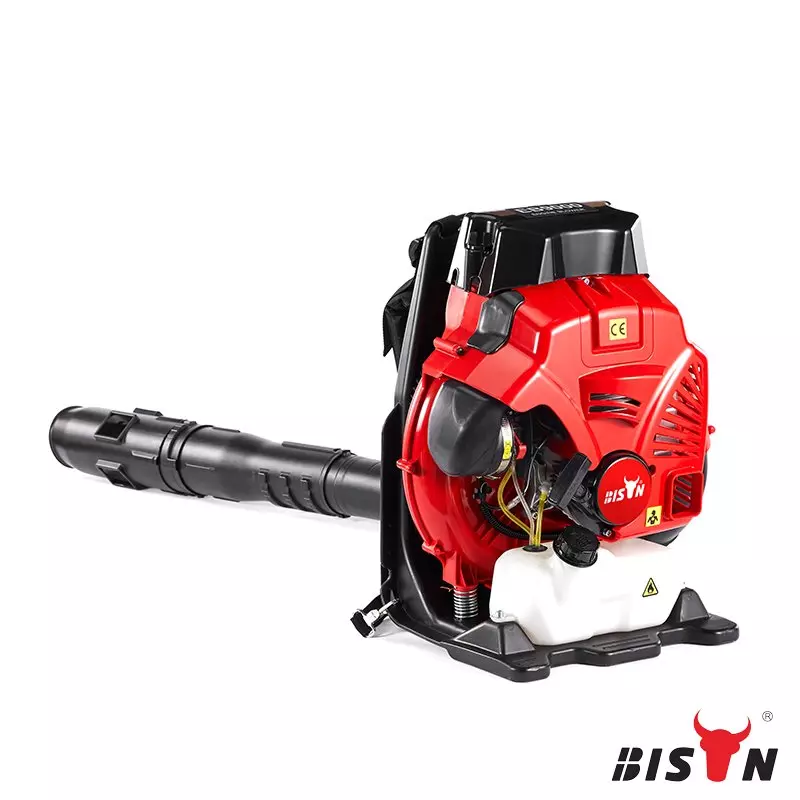How does a leaf blower work? A comprehensive guide
2024-03-14
Table of content
In early autumn, leaf blowers become a gardener’s best friend, providing an easy and effective way to move and collect fallen leaves and garden debris. Behind these smooth operations, you'll usually find one indispensable tool: a leaf blower.
Understanding how these machines work can increase our appreciation for these garden power tools. Additionally, a deeper understanding of their operation allows for better maintenance, troubleshooting, and selection when purchasing or using them.
BISON will explore leaf blower components and describe how their types control their function, from pneumatic to electronic models. Of course, the heart of the matter is a step-by-step process that reveals how leaf blowers work so you can understand the origin of their powerful winds.
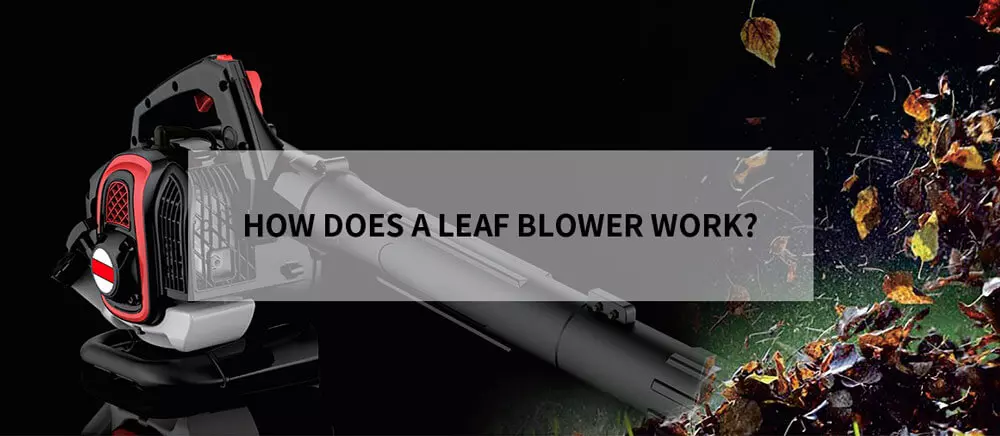
Learn about the key components of a leaf blower
Once you remove the cover of your leaf blower, you'll find that it beats to life through some clever engineering. Understanding these components helps uncover how they work and their sheer ability to convert power into gusts of wind.
Impeller (fan)
The impeller is the heart of any leaf blower, located at its center and often referred to as the fan. It is driven by an electric motor or gas engine and rotates at high speed.
Housing
The housing houses and protects all of the internal components of your leaf blower. Not only does it provide a secure physical structure, but it also directs the airflow path away from the fan blades through the air outlets. It's rugged enough to withstand heavy use and precisely engineered to ensure proper airflow and component protection.
Air inlet, air outlet (air duct, nozzle)
In the process of using power to generate wind, the air inlet and air outlet play an important role. As the fan blades rotate, air inlets or ducts allow ambient air to be drawn into the device. The air is then accelerated and forced out through an outlet. The nozzle's tapered design further amplifies air speed through the Venturi effect, creating a powerful, targeted airflow.
Controls and switches
These are the leaf blower’s user interfaces that control the power, direction, and sometimes even the speed of the air being discharged.
Power
Electric motor: These motors are part of an electric leaf blower and convert electrical energy into mechanical energy. When current flows into the coils within the motor, an electromagnetic field is created. This magnetic field interacts with the permanent magnets in the motor, causing the motor shaft to rotate. This rotation spins the impeller, driving the air in motion.
Gasoline engine: The source of power for this leaf blower is oil and gas. In gas-powered leaf blower engines, a mixture of air and fuel is drawn into the cylinder. Here, a spark plug ignites this mixture, causing a small, controlled explosion. The force from the explosion pushes the piston downward, turning the crankshaft connected to the impeller. This rapid, repetitive cycle of the combustion process keeps the impeller spinning, stimulating the powerful blowing characteristics of the vane blower.
How does a leaf blower work?
From the very initiation of power, rotating of the impeller, to the jet of air that exits the nozzle, every step contributes to a leaf blower's core function.
#Step 1: Operation of the engine/motor
It begins with the electric motor or the gasoline engine, depending on the leaf blower's type. In electric leaf blowers, power from your outlet or battery surges into the motor, creating an electromagnetic field that speeds the motor's shaft into rotation. Gas leaf blower models use oil and gas to power the engine. Additionally, a gas-powered leaf blower requires a spark plug, exhaust system, muffler, carburetor, and starting mechanism to function correctly.
#Step 2: Imparting centrifugal force with the rotating impeller
Once the rotational action is underway, it reaches the tool's heart - the fan blades, or the impeller. Acting like a carousel spinning rapidly, the blades create a phenomenon known as centrifugal force. This outward force grows with the speed of rotation, dictating the strength of the gusts that your leaf blower will eventually produce. Typically, total air velocity is measured by one of two methods:
MPH is most widely understood because it measures how many miles air travels in an hour if the speed is constant. Manufacturers can also use meters per second (m/s) as a distance-time measurement. Generally, one m/s equates to 2.24 mph, so a leaf blower with a power of 55 m/s would equate to about 123 mph.
When researching a new leaf blower, a higher CFM means more air being expelled by the leaf blower. Combine that with high MPH or m/s, and you know the power output will be more than enough to remove the most rigid leaves.
#Step 3: role of the air intakes
With the fan blades spinning at high speed, the air intake enters the picture. The centrifugal force creates a pressure difference causing the surrounding air to rush through the air intake, filling the void left by the outward swirling wind.
#Step 4: Airflow and its expulsion through outlets
Drawn into the spinning fray by the air intake, the air is flung outwards by the centrifugal force birthed by the impeller. This need to bolt outward is what guides it through the specially designed housing path that leads to the leaf blower's nozzle.
When operating a leaf blower, this sequence of steps repeats at an astounding rate, allowing an unending, powerful blast of air. The simplicity of the design belies the effectiveness of the leaf blower, turning the raw power of either electricity or gasoline combustion into the powerful wind in your garden. Additionally, features like variable speed control and vacuum capabilities add versatility and usability to these tools. Vacuum function can converts the leaf blower into a vacuum leaf vacuum. Flicking the switch changes the direction of the airflow and the blower starts sucking in leaves instead of blowing out wind. The collected leaves are typically passed through a mulching system, which chops them into small pieces for easy composting or disposal.
Coming to a successful conclusion
As our exploration into the whirlwind of a leaf blower comes to an end, we weave together the knowledge we've gathered along the way. A leaf blower will take in outside air and spin it using a motor and a fan with multiple blades, called an impeller. As the air spins, it creates centrifugal force, sending it through the smaller blower tube. Once there, the force pushes the air outward and through the cone-shaped nozzle, manifesting itself as powerful gusts of wind that sweep away leaves and debris with ease.
Understanding the work of a leaf blower can do more than just satisfy curiosity. Understanding how these devices operate allows us to visualize relevant security measures. For example, understanding the force of air expulsion can help understand the importance of protective eyewear. Likewise, mastering the operation of the gasoline engine in a leaf blower can guide proper fueling practices and emissions awareness.
Maintenance practices also become less daunting when you understand how a leaf blower works. This may include cleaning the air intake to ensure optimal performance, maintaining the motor on electric or battery-powered models, or maintaining the spark plug and fuel system in a gas blower.
All in all, understanding how they work is to understand their value and ensure their beneficial use, care and appreciation.
